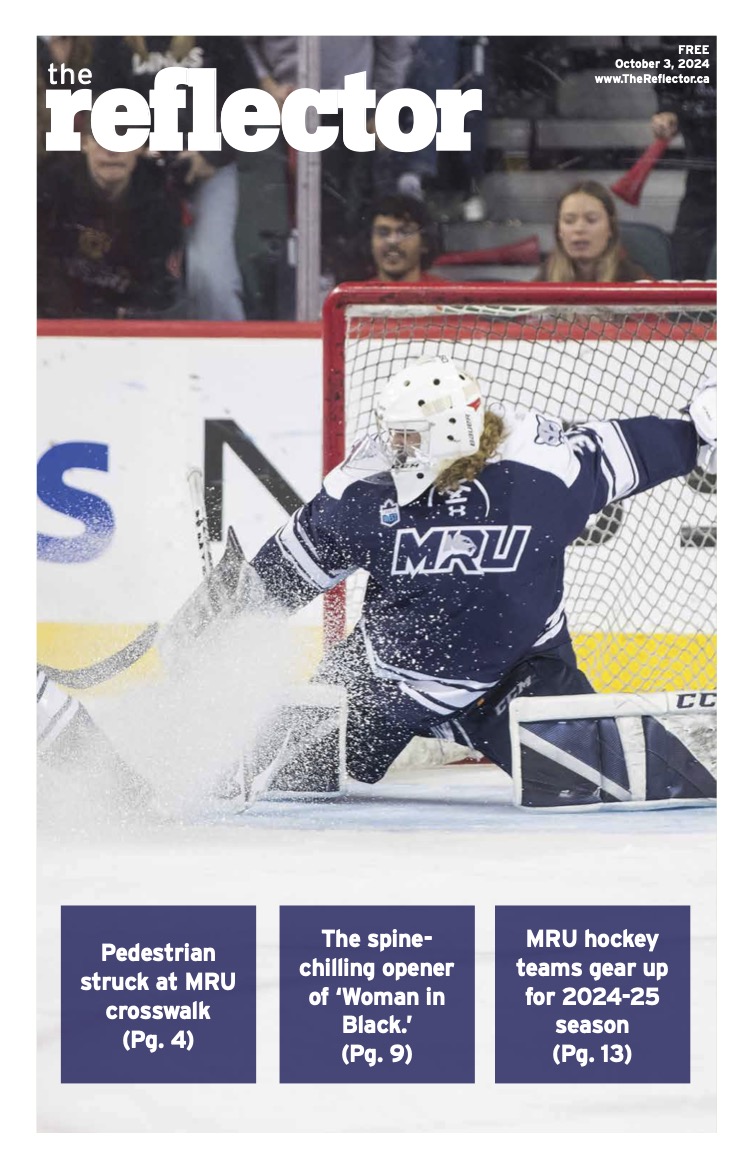How do scientists, writers and mathematicians wind the Doomsday Clock?

By Matthew Hillier, Staff Writer
The end of the world is a hotly discussed topic these days, for obvious reasons. You may have heard the phrase, “We are two more minutes closer to midnight,” or a popular political slogan, “Turn back the clock,” and associated it with the famous concept of a Doomsday Clock.
But what actually is a Doomsday Clock? How do we know how close we are to the end of the world? How long is 100 seconds to midnight in the context of our daily lives? Is there actually a clock in a government office or lab somewhere counting down to the end of the world?
Well, to answer the last question, the clock is located in the University of Chicago Harris School of Public Policy, probably doing a great job of reminding some poor students about the inevitable doom of humanity on their way to class.
Well, what is it actually? Interestingly, the clock is more of a worst-case scenario interpretation of the previous or current years’ events and how these might contribute to the possible end of the world, put into the form of a simple clock.
To answer the rest of your questions, we have to look at The Manhattan Project, the people who created the clock but who was also the group responsible for creating the atomic bomb. As the destructive potential of nuclear weapons was realized, a few scientists speculated that these weapons could end the world as we know it. This led them to desperately protest the existence of the very weapon they were creating.
The clock aims to be reliable and easy to understand, so the public can get a handle on the global impact of current events from the perspective of a doomsday. The clock’s website shows the data collected which is then cross-examined to similar historic events that impacted the clock and calculate where the hands will land. However, this is largely subject to the guidance of the bulletin. While research is a huge focus of the journal, the setting of the clock is entirely up to the Science and Security Board.
Therefore, it isn’t 100 per cent objective and it can be potentially inaccurate. It also isn’t a worldwide consensus on how close to the end of the world we might be.
So how does the clock keep track of when or how the world might end anyways? The scientists and researchers at the bulletin use statistical algorithms and data collection which are then given to a panel that decides from that data where to set the clock. Interestingly, since mankind has found new ways to destroy itself, the data that is considered for when it comes time to decide how many minutes we are from midnight is regularly updated by a team of experts.
So what is the point? Is it just so we can more accurately portray how doomed we are as a species? Well, the teams of researchers and scientists who collect statistical information on the threats mankind might be facing would argue that the clock is essential in keeping an eye on humanity’s collective threats and calculating how close we are to being beaten by them. Then, they would relay that interpretation to the public in an understandable and urgent medium.
At an impressive 100 seconds, just over a minute and a half, 2022’s political landscape and the current status of the COVID-19 pandemic has put us at the closest to midnight we have ever been. Don’t let this worry you though, human beings have been enjoying teetering on the edge of midnight since the formation of the Doomsday Clock.
The furthest from midnight the clock has even been is 17 minutes. So take confidence in knowing that it took the entirety of the Soviet Union collapsing, before we as a species even got more than 15 minutes away from the end of the world.
While the concept of timing humanity’s doom may seem inherently defeatist, I think that it’s an illuminating and very human idea.
With just a glance at the clock, it can remind us of the dangers we collectively face. But more importantly, it invites us to consider how special and fragile all our collective creations are.
While I doubt it’s possible to accurately mathematically determine when the world will end, I think that the history of the Doomsday Clock lends weight to the idea that we need a reminder, at least once every year, that we as a species are incomprehensibly vulnerable yet dangerously, uniquely important.


